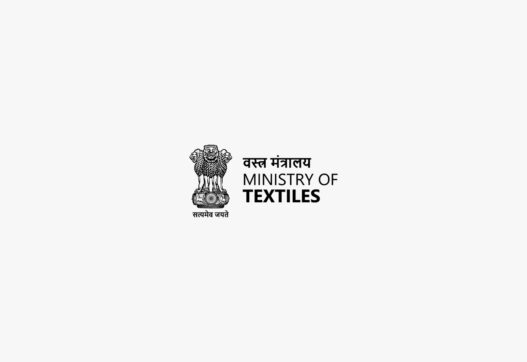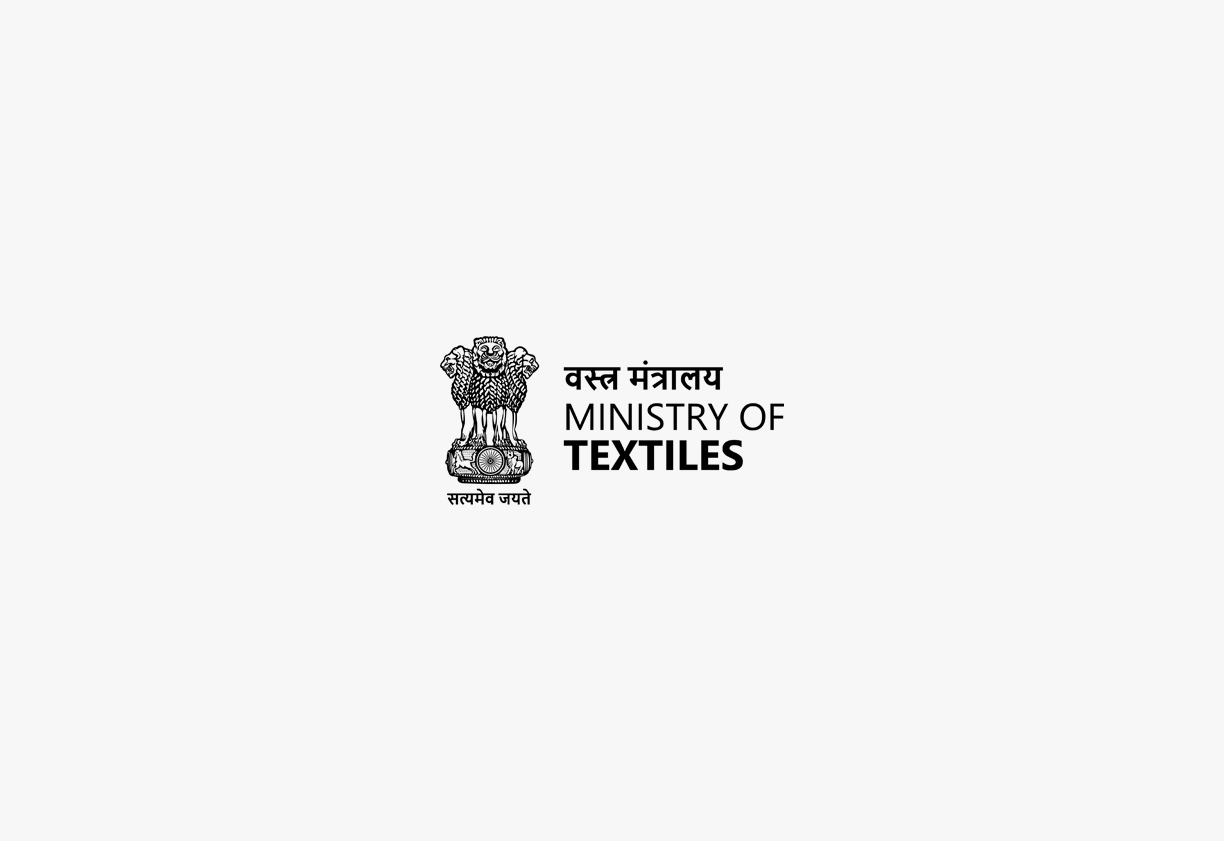Ministry of Textiles
The Sick Textile Undertakings (Nationalisation) Act, 1974, was enacted to nationalize sick textile undertakings in India. The textile industry, a significant contributor to the national economy and employment, faced challenges in the 1970s, with several mills becoming financially distressed or “sick.” The Act aimed to reorganize and rehabilitate these sick units to augment textile production, ensure fair prices, and protect the livelihoods of workers. This Act falls under the Ministry of Textiles.
Enactment Date, Number of Chapters, Number of Sections:
The Act was enacted on December 21, 1974, with certain provisions coming into force immediately and the remaining provisions deemed effective from April 1, 1974. It consists of seven chapters and 41 sections, along with two schedules listing the nationalized undertakings and their owners.
Act Governed By:
The Act’s implementation was overseen by the Central Government, which had the power to acquire the sick textile undertakings and transfer them to the National Textile Corporation (NTC). The NTC, a public sector undertaking, was responsible for managing and reviving the nationalized mills. Commissioners of Payments were appointed to handle the financial aspects of the acquisition and compensation process.
On Whom It Is Applicable:
The Act primarily applied to the sick textile undertakings listed in the First Schedule, their owners, employees, and creditors. It also impacted the National Textile Corporation and its subsidiary corporations.
Penalties/Punishments:
The Act prescribes penalties, including imprisonment and fines, for offenses such as obstructing the acquisition process, making false claims, and wrongfully withholding assets. It also addresses offenses by companies.
Important Pointers:
-
Nationalized the sick textile undertakings listed in the First Schedule.
-
Transferred the ownership of these undertakings to the National Textile Corporation.
-
Provided for compensation to the owners of the nationalized mills based on the value of their assets.
-
Ensured the continued employment of certain employees of the sick textile undertakings, protecting their service conditions and benefits.
-
Addressed the transfer and management of provident funds and other employee funds.
-
Empowered the National Textile Corporation to form subsidiary corporations and transfer the management of sick textile undertakings to them.
-
Established a process for handling claims against the owners of the sick textile undertakings.




